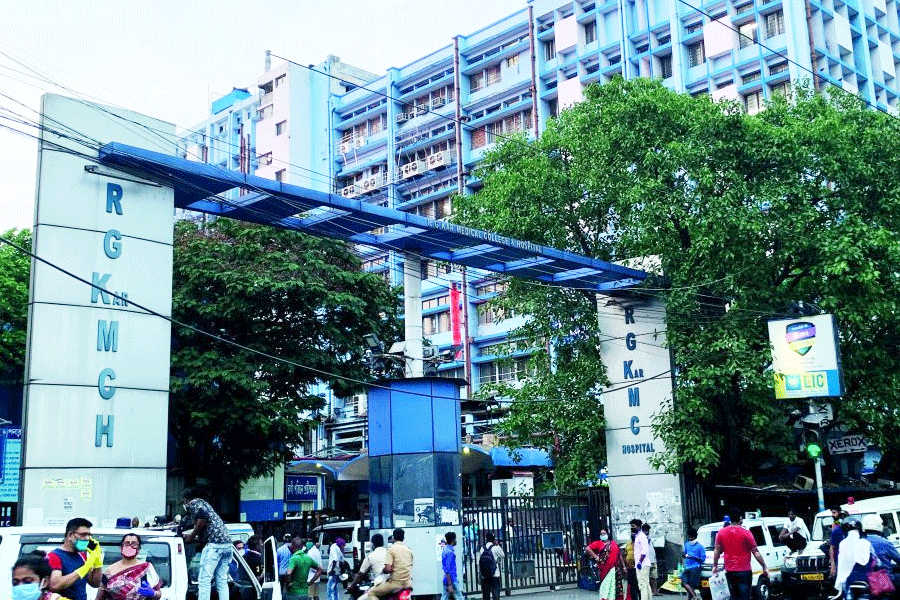Washington, Oct. 27 (Reuters): Women feel the effects of a stroke differently than men do, researchers said, and this can affect the type of treatment they get.
Women suffering from stroke are likely to say they have headache, face and limb pain, disorientation and other nontraditional stroke symptoms, which could delay treatment, the researchers said in the Annals of Emergency Medicine.
It is vital to treat stroke as quickly as possible. Brain cells start to die and keep on dying in the hours after a stroke, but quick treatment can minimise the damage.
Doctors are trained to look for symptoms like sudden changes in sensation, walking ability, balance, motor functions, like paralysis of one side of the body, speech, vision and dizziness.
Therefore, a woman’s symptoms may be overlooked during the precious hours when stroke therapies work best, said the researchers at the University of Michigan Health System and the University of Texas at Houston.
“Our findings have important consequences for stroke diagnosis and treatment,” Dr Lewis Morgenstern of the University of Michigan said. “These differences are both biologically interesting and socially consequential,” he said. “They are important to medical education, too, because often medical students and others are trained that stroke is a man’s disease. It’s not.”
Dr. Lise Labiche of the University of Texas said: “Unless diseases are specifically studied in women, it can be wrongly assumed that women and men behave the same way. It is crucial to recognise that differences do occur between the genders.”











